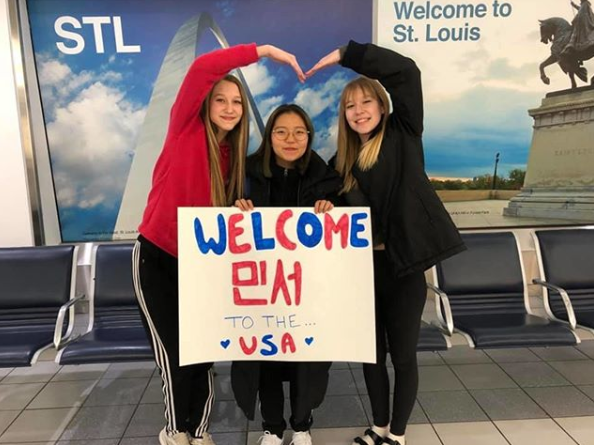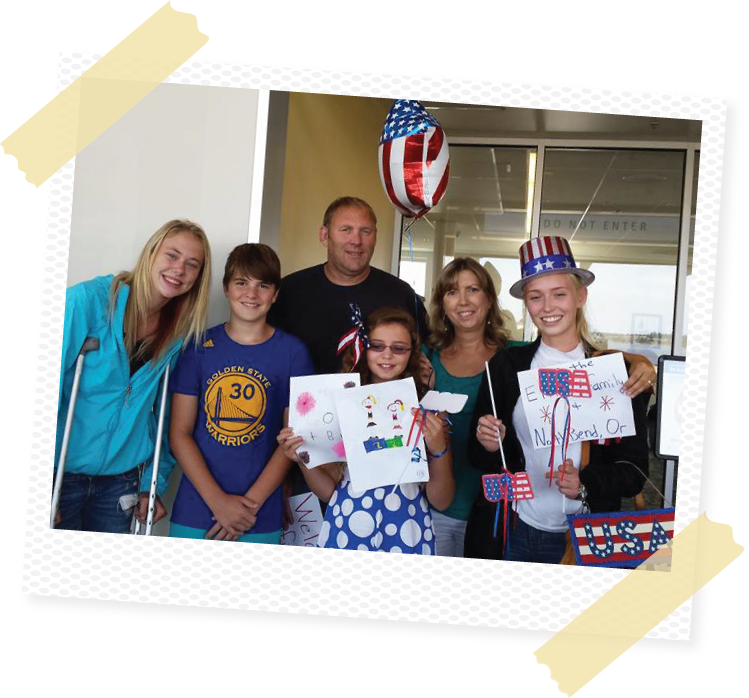Arrival day is almost here! Of all the exciting parts of hosting an exchange student, this might be my favorite. I love that thrilling moment when the student steps into the airport and I can finally see their smiling face and give them a big hug as we welcome them into the family.
I’ve experienced this joy many times as a host family (15 times to be exact), and I’ve watched from the sidelines hundreds of times as a local coordinator. Here are a few tips to help you kick off the hosting experience right by having an excellent Day One.
Prepare the student’s room
Create a welcoming environment in the student’s new bedroom. This might include a basket of snacks and water, a book or calendar with photos of your state, a house key on a special key chain, or other small gifts. These small tokens will help your student feel welcome and comfortable in their new home.
Make a welcome sign
Make a large welcome sign with your student’s name so she can easily find you after exiting security. Have fun decorating your sign with markers, paint, stickers, streamers--and whatever else your creative juices come up with! You may also want to have balloons, flowers, or some other gift to give your student as you meet for the first time.
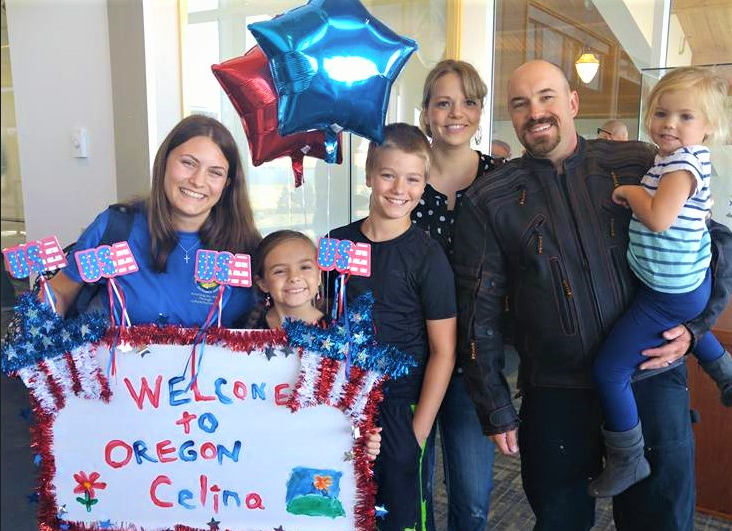
Plan for possible travel delays
This year, flight delays and cancellations are at an all-time high, so make sure your student knows how to reach you in case of delayed or missed flights. If the student is traveling without a phone, he can ask airport staff to help him call you. The student should also have ICES’s 24-hour travel number with him while traveling. (800-344-3566)
Check flight status
Before you leave home, go to the website of the airline your student is flying and look for Flight Status. Enter your student’s flight number to find the anticipated arrival time and to check for any flight delays or other issues so you don't make an unnecessary trip to the airport, or end up with lots of time to kill there.
Just for fun, if you want to track your student's flight in real time, enter the flight number at flightaware.com and watch the flight move across the map.

Arrive at the airport early
Allow plenty of time to get to the airport, park, and find the correct security exit gate for your student’s flight. Allow some extra travel time for traffic or other unexpected delays so you’re sure to be there waiting when your student walks out of security to meet you. Note that flights sometimes arrive early, so you may want to plan to arrive early and enjoy a coffee and some people-watching while you wait for the flight to arrive.
|
Unaccompanied Minor Service Sometimes the natural parents pay an extra fee for the airline's Unaccompanied Minor (UA) service, in which the student will be in the direct care of airline staff at all times. If your student is using this service, there are some things you must know:
|
Contact Information
If your Local Coordinator can’t be at the airport to welcome your student with you, be sure to take their phone number, as well as the ICES Emergency Number (800-344-3566). If you have any problems, help is just a call away. In most cases a live person will answer the phone, but if you do have to leave a voice message, rest assured it will be attended shortly.
Say cheese!
Your student’s arrival is exciting, and you’ll want to remember this day. Get a picture of your family with your student at the airport. Include the whole family by taking a selfie or asking a passerby to take the photo for you. And don't forget to display that awesome welcome sign you made!
We'd love to see your photo too, so send a copy to arrivals@icesusa.org.*
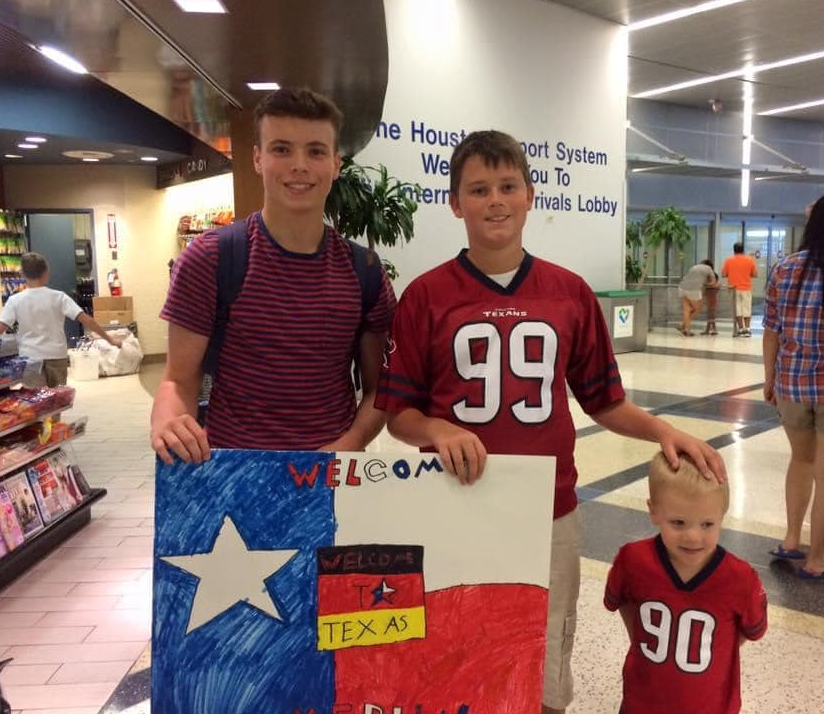
Collect baggage
Go to baggage claim to pick up the student’s bags. If the carousel stops and your student's bag is not on it, go to the baggage counter to file a claim. The airline will locate the bags and have them delivered right to your door.
While lost bags can cause some stress in the moment, bags are usually located quickly and delivered within a day or two. In the meantime, give your student the very American experience of shopping at a big box store to grab a toothbrush and other incidental items to get them by until their bags arrive.
Look for cultural differences
Differences may be evident the moment your meet your student. Depending on the country your student is from, she may greet you with a kiss on the cheek, or she may stiffen a bit at your welcome hug. Start sharing cultures right away by talking about what is typical for your culture, and ask your student to share her cultural norm as well.
This may be the first cultural difference you notice, but it won't be the last! Let your curiosity lead you into getting to know your student and her culture.
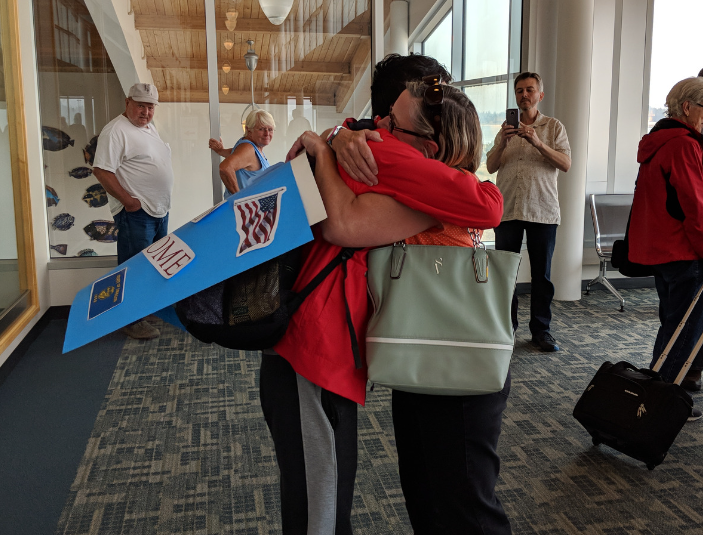
Getting to know your student
When your student arrives, he will probably be excited, nervous, and very tired. As a result, the student may seem quiet, shy, or may have difficulty with English. Day one will not necessarily reflect the student's true personality or English abilities, which will emerge more fully in the coming days as he gains confidence in his English skills and feels more comfortable around your family.
Overcoming jetlag
Your student will probably be very tired, but keep him awake until the evening, if possible. This will be easier if you fill the day with light activity, such as going for a short walk around the neighborhood or playing board games with the family.
Going to sleep in the evening--local time--will help your student reset his body clock more quickly, reducing jetlag and avoiding flip-flopped sleep schedules.
Help your student fit in
Virtually everything is new and different for an exchange student. Teaching your student how things work in your home will help him feel more confident and adapt more quickly.
In the first few days, go through the Home Sweet Home handout with your student, explaining the routines, rules, and expectations of your home and family members. Clearly explaining these details will keep your student from having to learn by trial and error.
 Electronic devices
Electronic devices
Starting from Day 1, establish a place outside the student's bedroom where his electronic devices will be stored at night. It's important to all aspects of the student's adjustment that they not have phones, tablets, laptops, etc. in their bedroom during sleep hours. This will ensure better sleep and discourage late-night communication with friends and family back home.
As your hosting adventure begins, remember to communicate openly with your student. Ask questions, have discussions, and dive into learning about each other's cultures. Remember--it's not right or wrong, just different!
Don’t hesitate to contact your Local Coordinator if you have questions or need help. All of us at ICES are here to help make your hosting experience great!
*By submitting a photo to arrivals@icesusa.org, you agree to allow ICES to use your photo on our social media, blog, newsletter, and other promational purposes.

